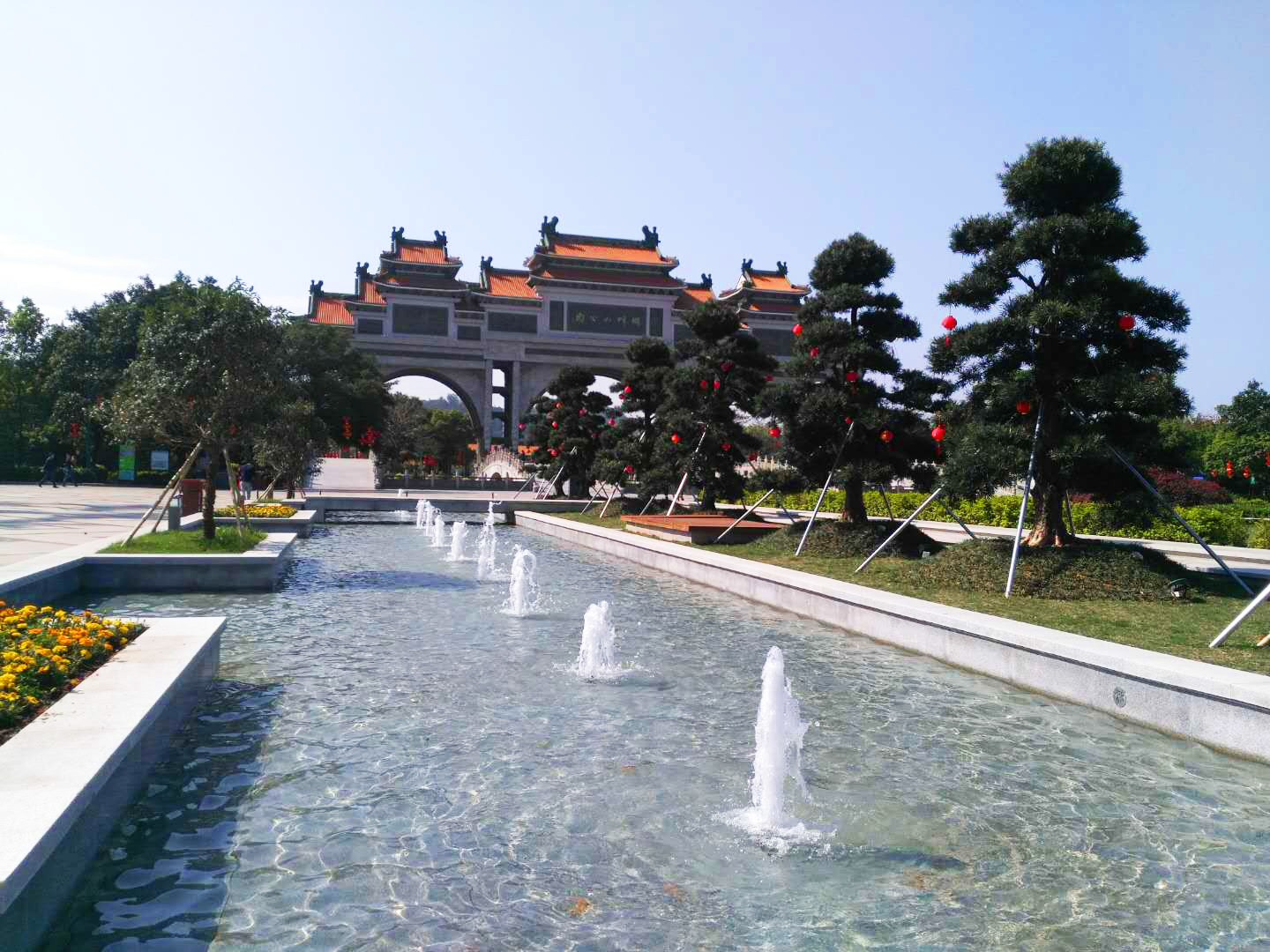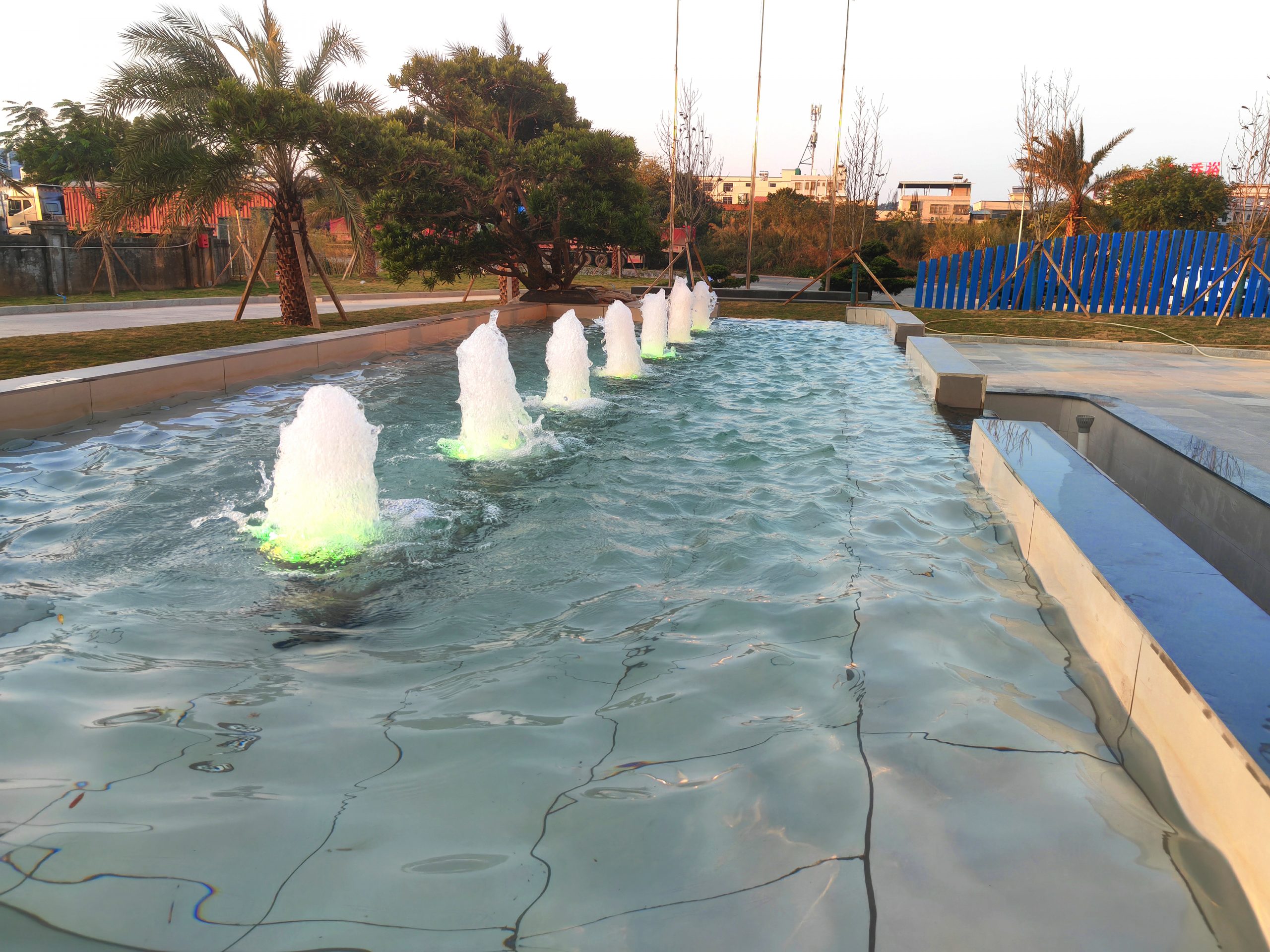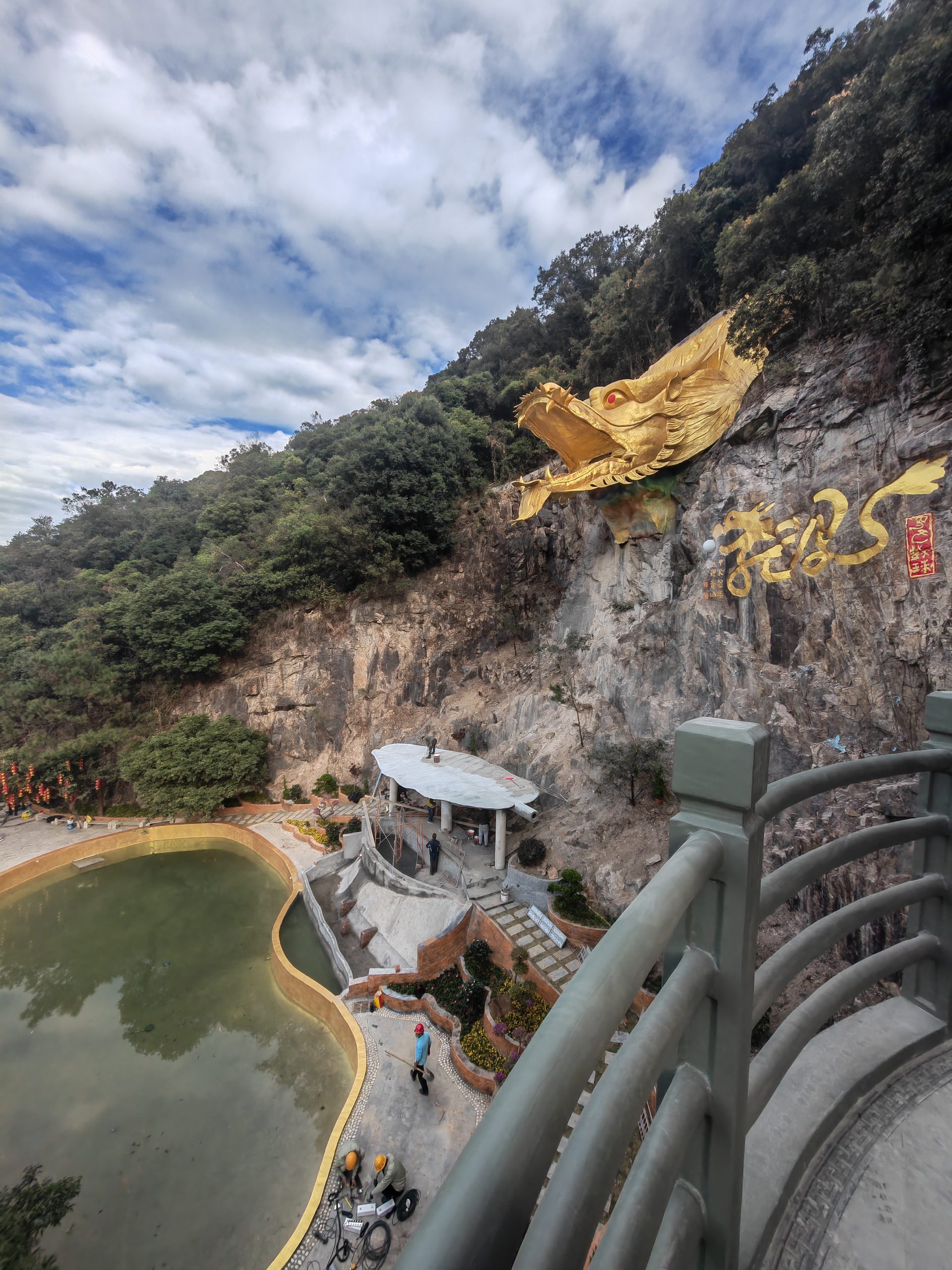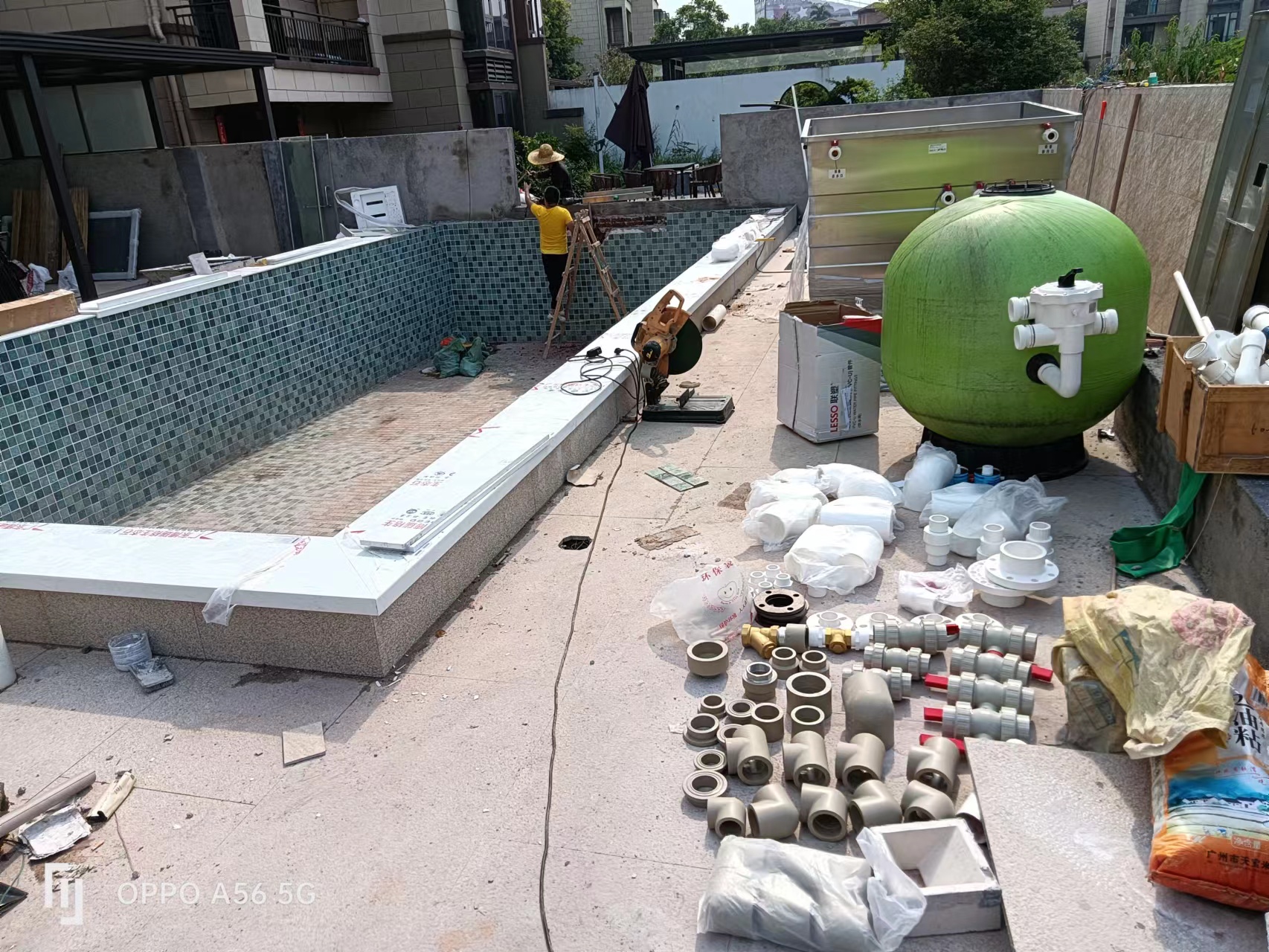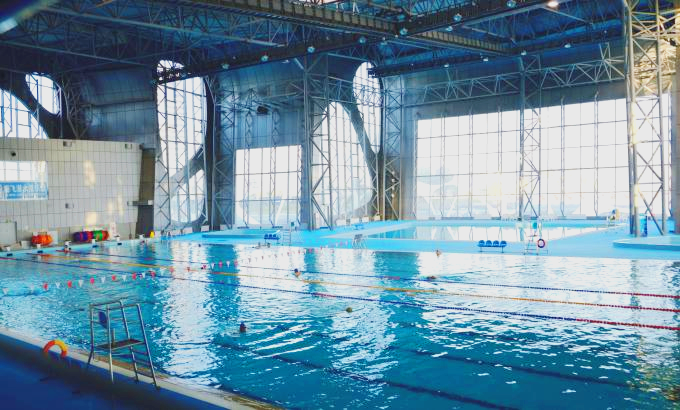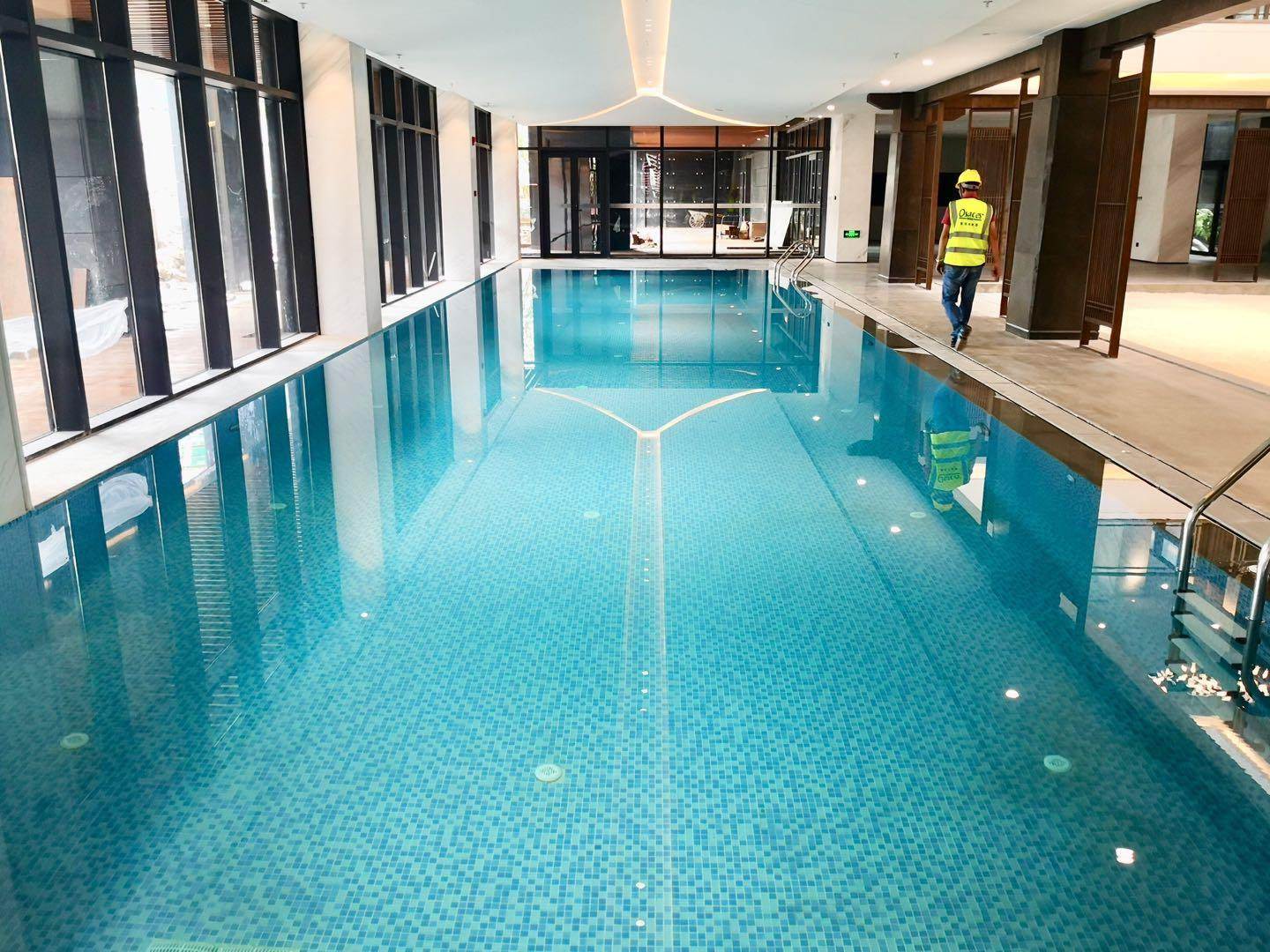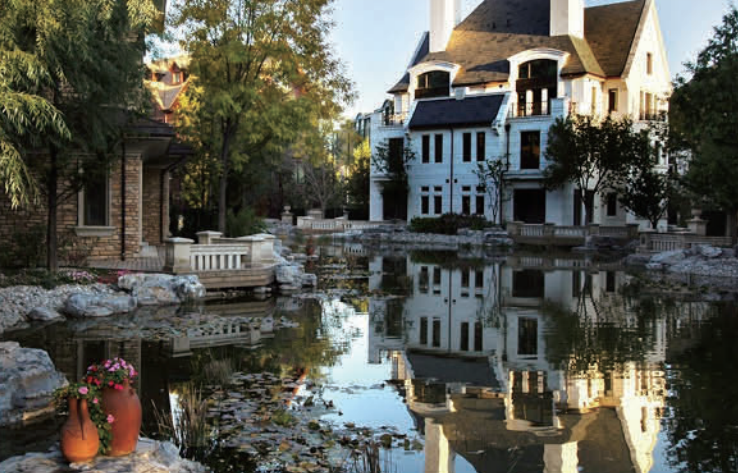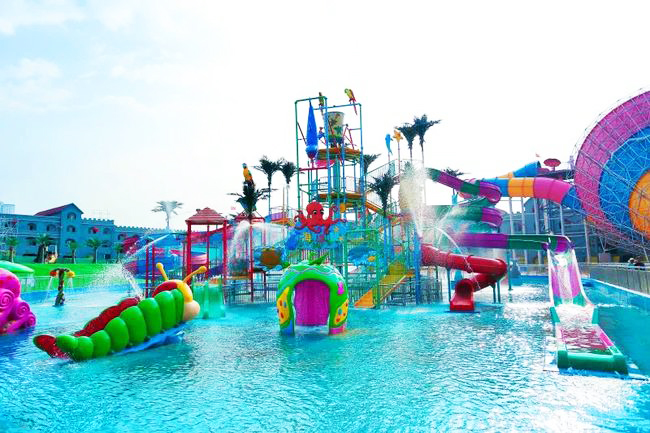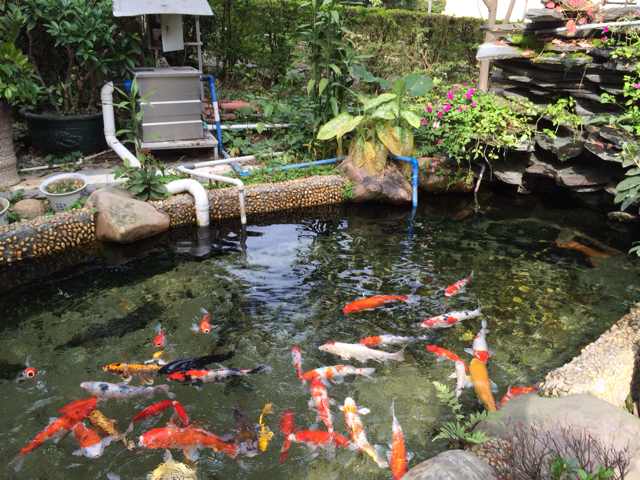News Center
contact details
 Ollies (Guangzhou) Recreation and Sports Equipment Co.
Ollies (Guangzhou) Recreation and Sports Equipment Co.Tel: (020) 82686289
Fax: 020-82694853
Headquarter: No.31-37, Xincun 2 Road, Shangjiang North Street, Dongzhou Village, Xintang Town, Zengcheng City, Guangzhou, Guangdong, China
Long-term Maintenance System for Swimming Pool Water Quality: A Solution Based on Systematic Design and Intelligent Management
The key to swimming pool water quality maintenance is to build a "prevention-oriented, intelligent and cooperative" hardware system. Through the scientific selection of core equipment and the establishment of standardized operation and maintenance processes, can significantly reduce the intensity of manual intervention to achieve stable water quality standards. The following are the core points of the systematic solution.

I. Core equipment selection and functional synergies
1. Circulation filtration systems
- Water pump and sand tank combination: Choose frequency conversion energy-saving water pump (power matching pool volume), with multi-layer media filter (quartz sand + activated carbon), can intercept more than 80% suspended solids, cycle control in 4-6 hours.
- Pipeline Optimization DesignThe water distribution method is circular to avoid dead water areas, and the smoothness of the inner wall of UPVC pipes should reach Ra≤0.2μm to reduce the risk of biofilm adherence.
2. Configuration of the sterilization system
- Composite Sterilization ProgramUV light (254nm wavelength) is used in conjunction with slow-release chlorine tablets to provide both instantaneous and continuous disinfection and to reduce the generation of trichloromethane.
- Emergency response module: Configure ozone generator (concentration 0.4-0.6mg/L) to cope with high load pollution situations, such as deterioration of water quality after a pool party.

II. Intelligent monitoring system construction
1. Real-time monitoring network
- Water Quality Sensing Matrix: Multi-probe monitoring points are set up in the backwater outlet, pool bottom and shallow water area to dynamically collect parameters such as residual chlorine, pH, turbidity, etc., and the data refreshing frequency is ≤1 minute.
- Cloud-based Early Warning PlatformSetting up three-level alarm mechanism (interface reminder→SMS notification→equipment linkage), when the residual chlorine is lower than 0.3ppm, the dosing pump will be started automatically.
2. Cleaning equipment linkage
- Robot Path Planning: The LIDAR-equipped cleaning robot performs a regular daily S-shaped sweeping path, focusing on areas prone to dirt accumulation, such as step joints.
- Surface cleaning systems: Overflow tank with automatic skimmer to remove floating debris such as leaves, grease, etc., with flow rate adapted to 15%-20% of the recirculation system.
III. Standardized operation and maintenance processes
1. Norms for routine maintenance
- Equipment Inspection: Daily check of pump bearing temperature (≤65℃), sand cylinder pressure change (fluctuation value <0.1bar)
- pharmaceutical management: Sodium hypochlorite storage tanks are equipped with concentration sensors, triggering replenishment reminders in case of insufficient balance to avoid interruption of disinfection.
2. Periodic deep maintenance
- Filter Backwashing: Perform weekly 90-second backflushes and observe drainage turbidity until visually clear.
- Comprehensive system testing: Quarterly duct endoscopy and flushing of biofilm with hydrogen peroxide

IV. Key considerations
- Device compatibility verification: Sterilization equipment with electrodes made of materials resistant to hypochlorite corrosion (ruthenium-plated titanium alloy recommended).
- Energy consumption optimization strategies: Utilizing valley power hours to perform high intensity filtering with PV panels for power supply to reduce operating costs
- Emergency planning: Stockpile emergency chemicals such as potassium persulfate complex salt to deal with sudden algal outbreaks
Through the precision of equipment selection, monitoring system digital, operation and maintenance process standardization of the trinity of management mode, water quality maintenance workload can be reduced by more than 60%. It is recommended to prioritize the selection of intelligent management system certified by ISO 20380, to ensure that the subsystems are efficient and synergistic, and ultimately realize the benign operation and maintenance cycle of "good equipment, good water quality management".

Related content
- Long-term Maintenance System for Swimming Pool Water Quality: A Solution Based on Systematic Design and Intelligent Management
- Ministry of Ecology and Environment Releases Scoring Rules for Water Ecology Assessment Indicators in the Yangtze River Basin (for Trial Implementation)
- Homeostatic regulation of fish pond water quality: a systematic solution based on nitrification kinetics and nutrient thresholds
- Koi Pond Maintenance and Protection Guide during the Rainy Season | The Veteran Driver's Handbook of Dampness and Disease Prevention
- Pool water circulation system maintenance guide, goodbye to cloudy water quality to create four seasons of translucent "liquid sapphire".
- From zero to professional: a complete guide to pool equipment configuration that even a beginner can understand
- The Golden Ratio of Swimming Pool Ventilation and Dehumidification Systems: The Balancing Act of Airflow, Humidity and Energy Consumption
